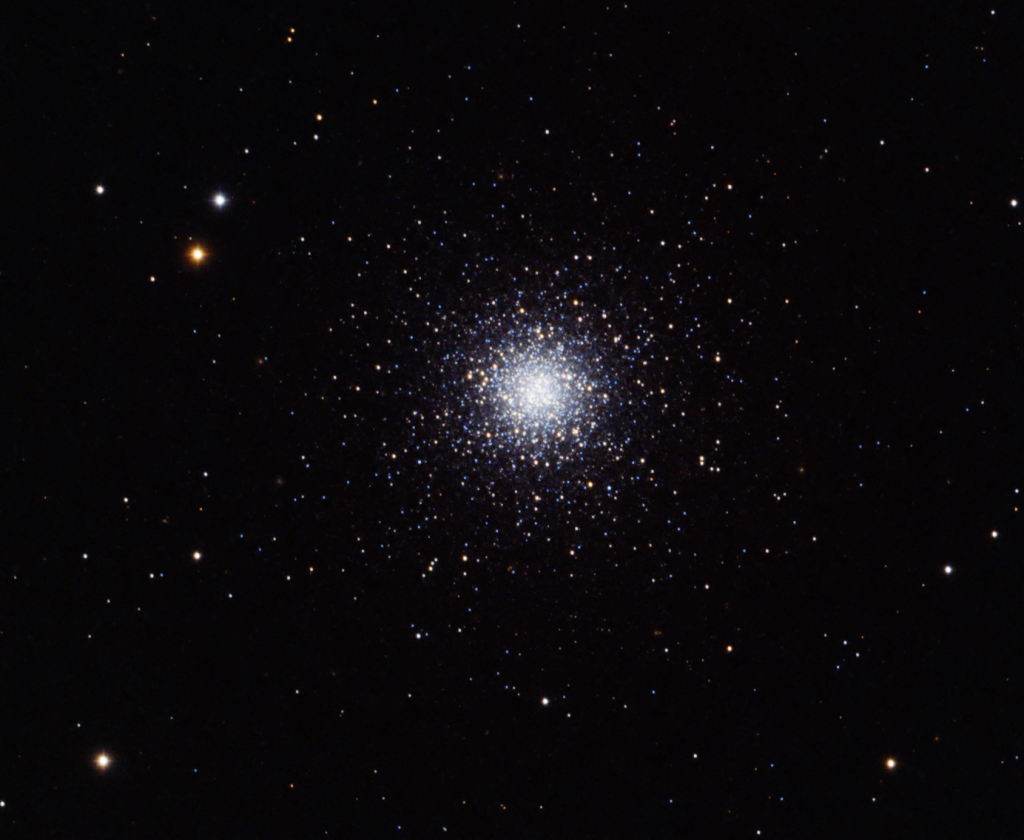
Similar Posts

Saturn, Jupiter, and a cameo from Io
Last night marked Jupiter’s “opposition” – this is the time of year where Jupiter is at its closest point to Earth, and it’s at its biggest and brightest. By a stroke of luck, we had unusually clear skies for this event, and its moon Io was also crossing in front of Jupiter! You can see…

The Moon is Ready for its Close-Up
Last night I set out to image Jupiter and Saturn, but both are pretty far away at this point, and the atmospheric conditions weren’t great. So I tried for the Moon instead. We take our nearest celestial neighbor for granted – there’s a whole world right next to us, waiting for us to explore it!…

The Needle Galaxy
A spiral galaxy almost 40 million light-years away, viewed edge-on. The dust lane in the center of its disk, and central bulge are clearly visible. A couple of its smaller, satellite galaxies can also be seen here.

Flaming Star Nebula
Imaged in narrowband filters from my suburban driveway. This object lives up to its name with the right color mappings!

Globular cluster M92
Also in Hercules, M92 is often passed over for its larger and more dazzling neighbor, M13. But M92 is pretty in its own way! It’s also one of the oldest globular clusters in our galaxy (over 11 billion years old) and has some very interesting background galaxies around it too.

Here’s our solar system in a few billion years.
This is M27, the “Dumbbell Nebula,” about 1600 light-years away. It’s what’s called a planetary nebula – not because it has anything to do with planets, but because early observers confused them for planets. In reality it’s far more interesting. This is what’s left over when a medium-sized star runs out of Hydrogen to fuse,…

